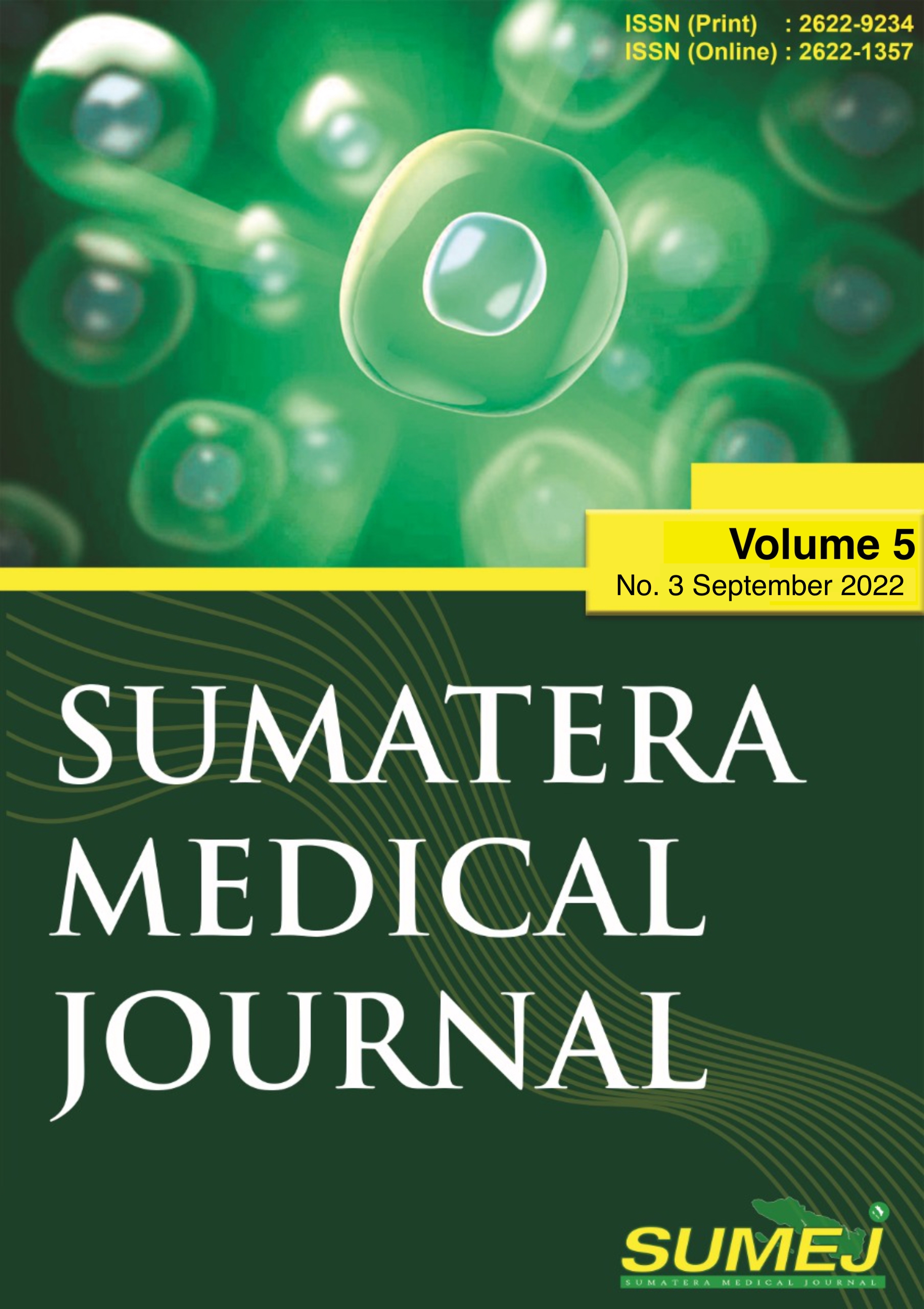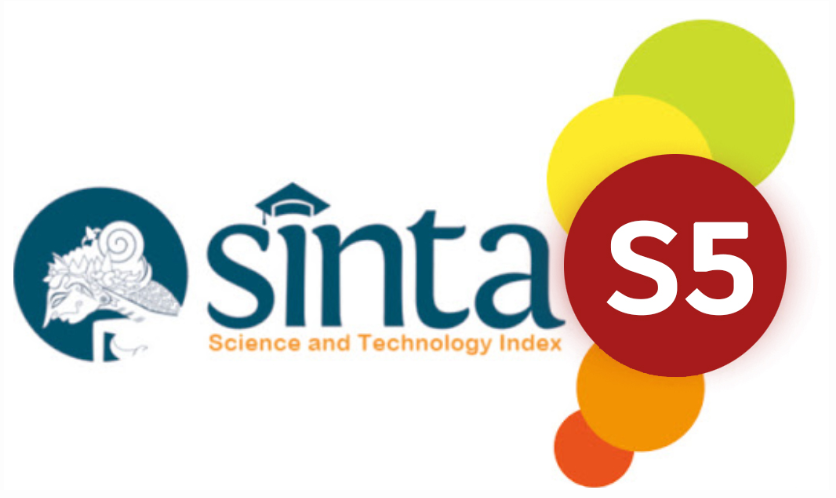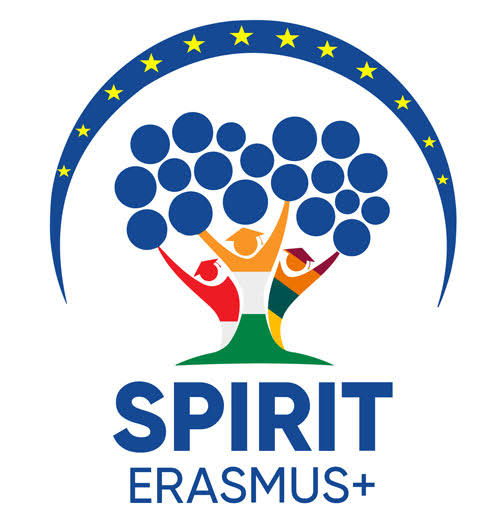The Correlation between Fetuin-A Levels And Nafld Fibrosis Score (NFS)
DOI:
https://doi.org/10.32734/sumej.v5i3.9074Keywords:
Fetuin-A, NAFLD, NAFLD Fibrosis ScoreAbstract
Abstract. Fetuin-A is a plasma glycoprotein expressed in the liver. Fatty liver accumulation because changing fetuin-A expression leads to nonalcoholic fatty liver disease (NAFLD). The benefits of serum fetuin-A as a predictor of fibrosis biomarkers in NAFLD patients remain unclear. Non-invasive scoring system predicting fibrosis among patients with NAFLD is the NAFLD fibrosis score (NFS). Objective. This study aims to find the correlation between circulating fetuin-A levels and NFS in NAFLD patients. Methods. Eighty subjects (male, 52; female, 26) followed this cross-sectional study. NAFLD is diagnosed with an abdominal ultrasound. The serum levels of fetuin-A measured by ELISA. NFS is used to identify the probability of fibrosis in subjects. The correlation between Fetuin-A levels and NFS was determined using Pearson correlation tests. A p-value < 0.05 was significant. Results. There was significant difference in fetuin-A levels (p < 0.001) between NAFLD degree I (421.71 pg/mL), NAFLD degree II (494.88 pg/mL), and NAFLD degree III (692 pg/mL). The NFS low probability score in 46 subjects and NFS indeterminate score in 34 subjects. Serum concentrations of fetuin-A correlate significantly with NFS (r = 0.478, p < 0.001). Conclusion. There is a positive correlation between serum levels of fetuin-A and NFS.
Downloads
References
Y. Huang et al., “Serum fetuin-A associated with fatty liver index, early indicator of nonalcoholic fatty liver disease: A strobe-compliant article,†Med. (United States), vol. 94, no. 39, p. e1517, 2015, doi: 10.1097/MD.0000000000001517.
A. M. Dabrowska, J. S. Tarach, B. Wojtysiak-Duma, and D. Duma, “Fetuin-A (AHSG) and its usefulness in clinical practice. Review of the literature,†Biomed. Pap., vol. 159, no. 3, pp. 352–359, 2015, doi: 10.5507/bp.2015.018.
H. H. N.Stefan, A.Hennige, H.Staiger, J. Machann, F. Schick, S. Krober, F.Fritsche, “Fetuin-A Is Associated With Insulin,†Diabetes, vol. 29, no. 4, pp. 853-857., 2006.
Y. Lee et al., “Complete Resolution of Nonalcoholic Fatty Liver Disease After Bariatric Surgery: A Systematic Review and Meta-analysis,†Clin. Gastroenterol. Hepatol., vol. 17, no. 6, pp. 1040-1060.e11, 2019, doi: 10.1016/j.cgh.2018.10.017.
V. A. Piazzolla and A. Mangia, “Noninvasive Diagnosis of NAFLD and NASH,†2020.
S. Mitra, A. De, and A. Chowdhury, “Epidemiology of non-alcoholic and alcoholic fatty liver diseases,†Transl. Gastroenterol. Hepatol., vol. 5, pp. 1–17, 2020, doi: 10.21037/TGH.2019.09.08.
X. Pan, S. W. Wen, P. L. Bestman, A. C. Kaminga, K. Acheampong, and A. Liu, “Fetuin-A in metabolic syndrome: A systematic review and meta-analysis,†PLoS One, vol. 15, no. 3, pp. 1–16, 2020, doi: 10.1371/journal.pone.0229776.
X. X. Mi, L. Wang, Y. H. Xun, and J. P. Shi, “Assessment nonalcoholic fatty liver disease fibrosis score for staging and predicting outcome,†Int. J. Clin. Exp. Med., vol. 9, no. 8, pp. 16146–16156, 2016.
M. C. C. Cheah, A. J. McCullough, and G. B. B. Goh, “Current modalities of fibrosis assessment in non-alcoholic fatty liver disease,†J. Clin. Transl. Hepatol., vol. 5, no. 3, pp. 261–271, 2017, doi: 10.14218/JCTH.2017.00009.
S. Petta et al., “Serial combination of non-invasive tools improves the diagnostic accuracy of severe liver fibrosis in patients with NAFLD,†Aliment. Pharmacol. Ther., vol. 46, no. 6, pp. 617–627, 2017, doi: 10.1111/apt.14219.
M. Eslam et al., “A new definition for metabolic dysfunction-associated fatty liver disease: An international expert consensus statement,†J. Hepatol., vol. 73, no. 1, pp. 202–209, 2020, doi: 10.1016/j.jhep.2020.03.039.
X. Pan, A. C. Kaminga, J. Chen, M. Luo, and J. Luo, “Fetuin-A and fetuin-B in non-alcoholic fatty liver disease: A meta-analysis and meta-regression,†Int. J. Environ. Res. Public Health, vol. 17, no. 8, 2020, doi: 10.3390/ijerph17082735.
T. Dogru, A. Kirik, H. Gurel, A. A. Rizvi, and M. Rizzo, “The Evolving Role of Fetuin-A in Nonalcoholic Fatty Liver Disease : An Overview from Liver to the Heart,†2021.
T. F. Rachmatullah, C. O. Permatadewi, H. T. Hutami, and C. Limantoro, “Correlation between Non-Alcoholic Fatty Liver Disease ( NAFLD ) fibrosis score ( NFS ) with Left Ventricular Mass Index ( LVMI ) in patients with NAFLD,†pp. 4–10, 2021.
S. K. Roberts et al., “Prevalence of non-alcoholic fatty liver disease in regional Victoria: a prospective population-based study,†Med. J. Aust., vol. 215, no. 2, pp. 77–82, 2021, doi: 10.5694/mja2.51096.
Hossain et al, “Frequency of Non-Alcoholic Fatty Liver Disease in Patients with Type 2 Diabetes Mellitus and Its Relationship with Glycemic Status,†IOSR J. Dent. Med. Sci., vol. X, no. X, pp. 1–5, 2021, doi: 10.1016/j.dsx.2018.01.001.
L. Ni, D. Yu, T. Wu, and F. Jin, “Gender-specific association between non-alcoholic fatty liver disease and type 2 diabetes mellitus among a middle-aged and elderly Chinese population: An observational study,†Medicine (Baltimore)., vol. 100, no. 6, p. e24743, 2021, doi: 10.1097/MD.0000000000024743.
A. F. Godoy-Matos, W. S. Silva Júnior, and C. M. Valerio, “NAFLD as a continuum: From obesity to metabolic syndrome and diabetes,†Diabetol. Metab. Syndr., vol. 12, no. 1, pp. 1–20, 2020, doi: 10.1186/s13098-020-00570-y.
H. J. Im, Y. C. Ahn, J. H. Wang, M. M. Lee, and C. G. Son, “Systematic review on the prevalence of nonalcoholic fatty liver disease in South Korea,†Clin. Res. Hepatol. Gastroenterol., vol. 45, no. 4, 2021, doi: 10.1016/j.clinre.2020.06.022.
J. W. Haukeland et al., “Fetuin A in nonalcoholic fatty liver disease: In vivo and in vitro studies,†Eur. J. Endocrinol., vol. 166, no. 3, pp. 503–510, 2012, doi: 10.1530/EJE-11-0864.
D. Darmadi and R. H. Ruslie, “Association between serum interleukin (IL)-12 level and severity of non-alcoholic fatty liver disease (NAFLD),†Rom. J. Intern. Med., vol. 59, no. 1, pp. 66–72, 2021, doi: 10.2478/rjim-2020-0029.
R. S. Gavril et al., “RN Relationship between NAFLD and hypertension in patients with type 2 diabetes mellitus,†2017.
S. Abdel Monem, T. Fathy, S. Shalaby, and E. Wahab, “Serum Resistin Level as a Diagnostic Marker in Non-Alcoholic Steatohepatitis,†Afro-Egyptian J. Infect. Endem. Dis., vol. 8, no. 3, pp. 140–148, 2018, doi: 10.21608/aeji.2018.13523.
S. A. Parry and L. Hodson, “Managing NAFLD in Type 2 Diabetes: The Effect of Lifestyle Interventions, a Narrative Review,†Adv. Ther., vol. 37, no. 4, pp. 1381–1406, 2020, doi: 10.1007/s12325-020-01281-6.
M. S. I. B. Mohammad Afjal Hossain, Farzana Amin, Milton Barua, Md. Musab Khalil, Mohammad Lutfar Rahman, Mirza Sharifuzzaman, “Association of Nonalcoholic Fatty Liver Disease ( NAFLD ) with Peripheral Diabetic Polyneuropathy : A Systematic Review and Meta-Analysis,†IOSR J. Dent. Med. Sci., vol. X, no. X, pp. 1–5, 2021.
A. Drolz et al., “Performance of non-invasive fibrosis scores in non-alcoholic fatty liver disease with and without morbid obesity,†Int. J. Obes., vol. 45, no. 10, pp. 2197–2204, 2021, doi: 10.1038/s41366-021-00881-8.
S. Iritani et al., “Non-invasive predictors of prognosis of Asian patients with histopathologically-confirmed lean nonalcoholic fatty liver disease,†BMC Gastroenterol., vol. 20, no. 1, pp. 1–11, 2020, doi: 10.1186/s12876-020-01509-3.
S. Liu, J. Xiao, Z. Zhao, M. Wang, Y. Wang, and Y. Xin, “Systematic review and meta-analysis of circulating fetuin-a levels in nonalcoholic fatty liver disease,†J. Clin. Transl. Hepatol., vol. 9, no. 1, pp. 3–14, 2021, doi: 10.14218/JCTH.2020.00081.
D. Lindarto, “Effect of lifestyle modification and metformin on fetuin-A in metabolic syndrome,†J. ASEAN Fed. Endocr. Soc., vol. 29, no. 1, pp. 48–52, 2014, doi: 10.15605/jafes.029.01.07.
C. W. Lu, Y. C. Lee, C. H. Chiang, H. H. Chang, W. S. Yang, and K. C. Huang, “Independent dose–response associations between fetuin-a and lean nonalcoholic fatty liver disease,†Nutrients, vol. 13, no. 9, 2021, doi: 10.3390/nu13092928.
M. Sato et al., “Fetuin-A negatively correlates with liver and vascular fibrosis in nonalcoholic fatty liver disease subjects,†Liver Int., vol. 35, no. 3, pp. 925–935, 2014, doi: 10.1111/liv.12478.
Downloads
Published
How to Cite
Issue
Section
License
Copyright (c) 2022 Sumatera Medical Journal

This work is licensed under a Creative Commons Attribution-NonCommercial-NoDerivatives 4.0 International License.
The Authors submitting a manuscript do so on the understanding that if accepted for publication, copyright of the article shall be assigned to Sumatera Medical Journal (SUMEJ) and Faculty of Medicine as well as TALENTA Publisher Universitas Sumatera Utara as publisher of the journal.
Copyright encompasses exclusive rights to reproduce and deliver the article in all form and media. The reproduction of any part of this journal, its storage in databases and its transmission by any form or media, will be allowed only with a written permission from Sumatera Medical Journal (SUMEJ).
The Copyright Transfer Form can be downloaded here.
The copyright form should be signed originally and sent to the Editorial Office in the form of original mail or scanned document.











